Forklift and Worker Safety Collision Avoidance with RTLS
Anadolu Efes Kazakhstan improved forklift safety with Wipelot’s RTLS solution. By reducing collision risks, ensuring worker safety, and maintaining seamless ope...
Read MoreThe Wipelot Industrial Traffic Management and Signalization System , is an award-winning workplace traffic management system (RFID Journal 2019). It has been developed to prevent traffic congestion in various industrial settings, with a focus on real-time tracking of the precise location data of motor vehicles. This system is particularly beneficial in environments like underground mining, subway or highway tunnel construction sites, and manufacturing facilities.
Discover the UWB-based Wipelot Industrial Traffic Management and Signalization System to increase your production line capacity by preventing traffic congestion!







Wipelot Traffic Management and Signalization System is a unique technology that helps and improves the daily lives of industries, especially in intralogistics and mining. This system operates a unique system of rules for optimal traffic flow by tracking the position of moving vehicles on production lines with complex structures, and narrow and harsh environmental conditions.
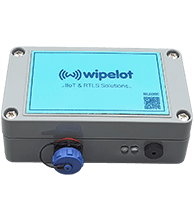
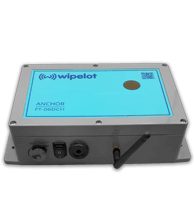
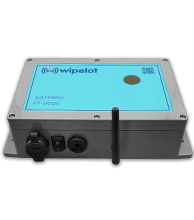
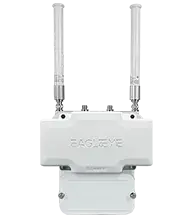
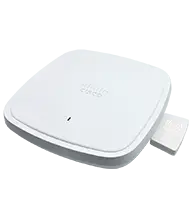
Wipelot's real-time location tracking software, Lotus, and the flow analysis and optimization module, Flow Analytics, elevate asset visibility and provide detailed insights into operational processes in facilities. This enables performance measurement for efficiency and helps mitigate potential risks in occupational safety.

Wipelot Project Team carried out a discovery study at BSH's Çerkezköy facilities; and in order to get optimum performance from the production, the Team carried out a study to digitalize the process with real-time location tracking.

The project's main goal is to analyze the operational performance of forklifts used in three different factories in Manisa as part of Vestel's digital transformation within the scope of Industry 4.0.
Let's work together to find the
best solution
for your business needs
Wipelot is a member of Omlox, the UWB Alliance, and the FiRa Consortium, which unite tech companies that manufacture their own hardware and software systems, with a focus on UWB technology solutions. Wipelot has been recognized as one of the fastest-growing tech companies on the TOBB 100 and Deloitte Technology Fast 50 lists. It has also received numerous awards for its industrial IoT projects in both Turkiye and abroad.
Anadolu Efes Kazakhstan improved forklift safety with Wipelot’s RTLS solution. By reducing collision risks, ensuring worker safety, and maintaining seamless ope...
Read MoreAs an organization of trust, CMS preferred Wipelot's Lone Worker Safety System in addition o its OHS measures.
Read MoreUsing Safezone Collision Warning System, a safer environment was achieved without disrupting the workflow. Personnel injuries and material damages due to accide...
Read MoreWipelot Personnel Location Tracking System is an industrial integrated occupational safety system that lets you monitor the real-time location and movements of your employees and determine their precise location using UWB (ultra-wide band). This system makes a significant contribution to occupational safety by instantly monitoring your personnel within designated areas with sub-meter accuracy, shortening the time for immediate response in case of emergency.
the motorized equipment tracking system is an integrated equipment tracking and management system that can create multiple reports based on real-time data such as vehicle use and parking durations, fuel levels, speed violations, routes, facility entrance/exit information, and driver performance analyses by instantly tracking the motor vehicles in such places as airports, mines, construction sites, and warehouses.
The Non-Motorized Equipment Tracking System is a monitoring, analysis, and evaluation system that detects the location of equipment such as wheeled transportation vehicles, which are open for common use and constantly on the move, located in large-scale areas such as construction sites, mines, airports, warehouses, as well as other special areas.
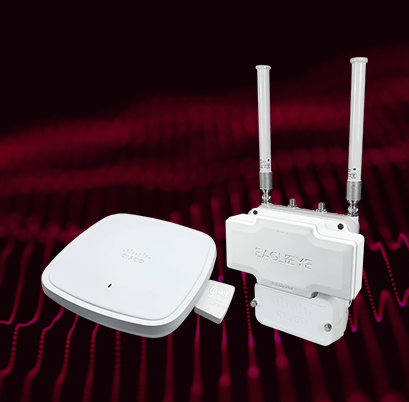
EAGLEEYE is the first UWB module integration for the CISCO AP IW6300 and 91xx series. It provides powerful Wi-Fi 6 connectivity as well as high-precision geolocation data at the same time, meeting facilities' digital transformation needs in operational efficiency and occupational safety through a single infrastructure.